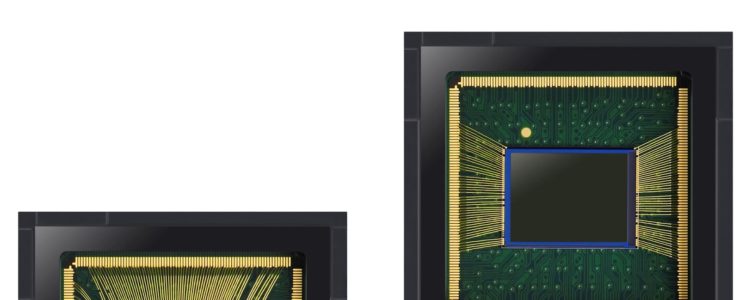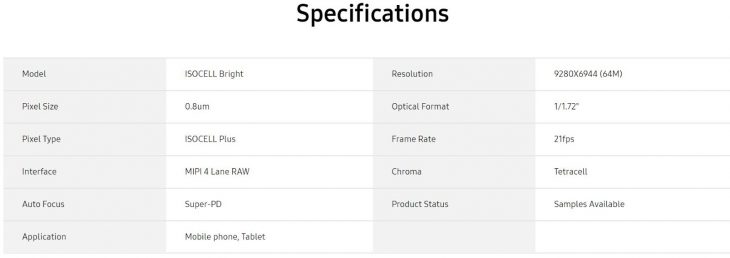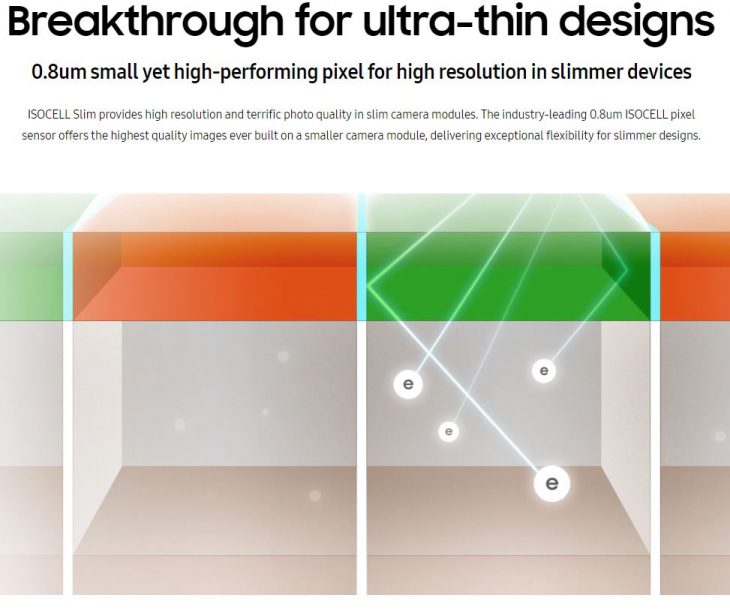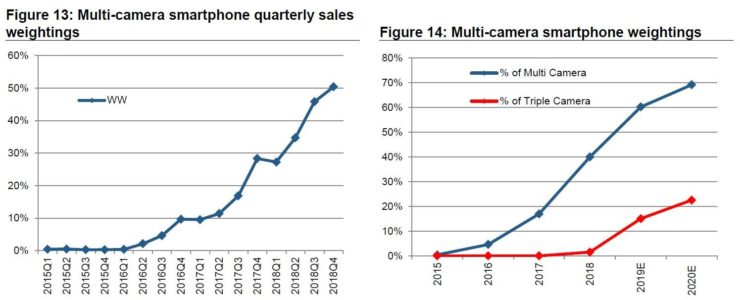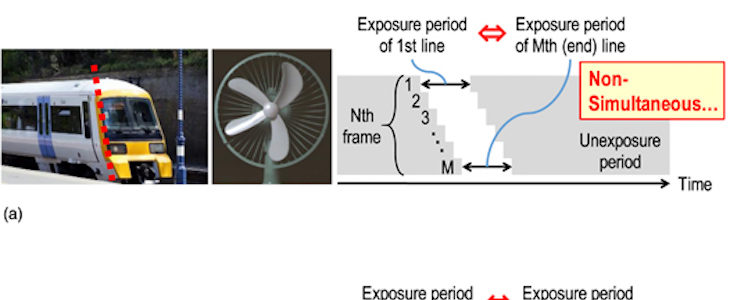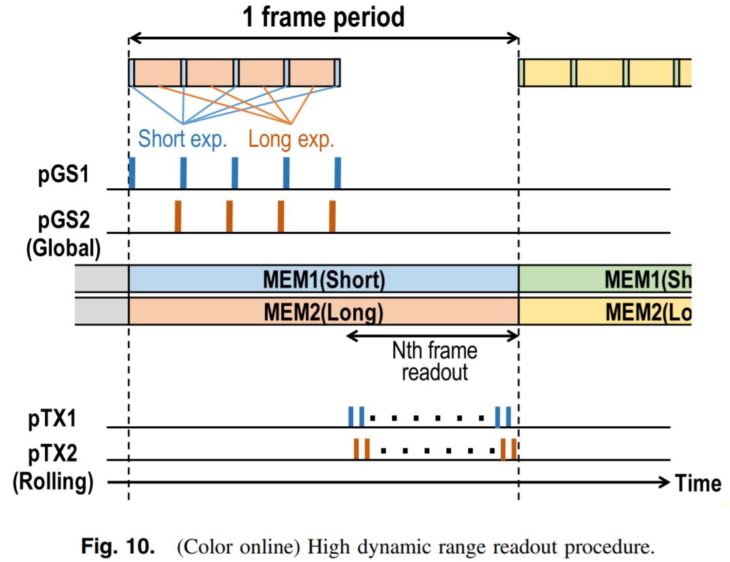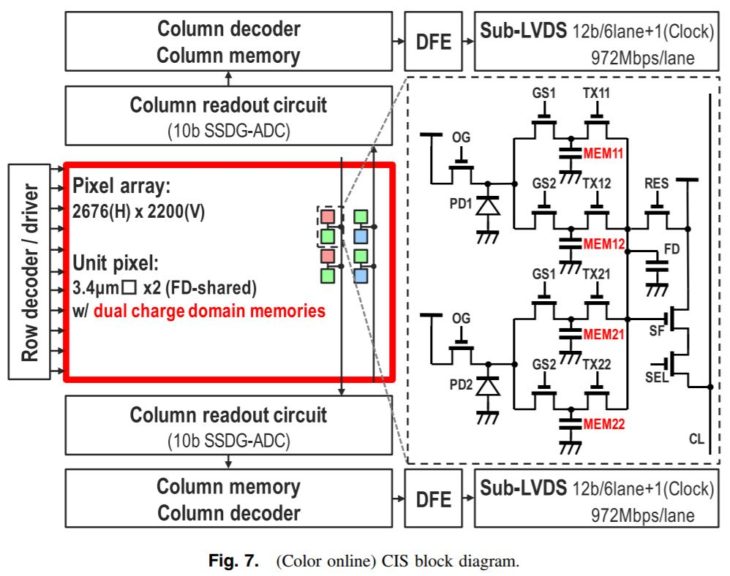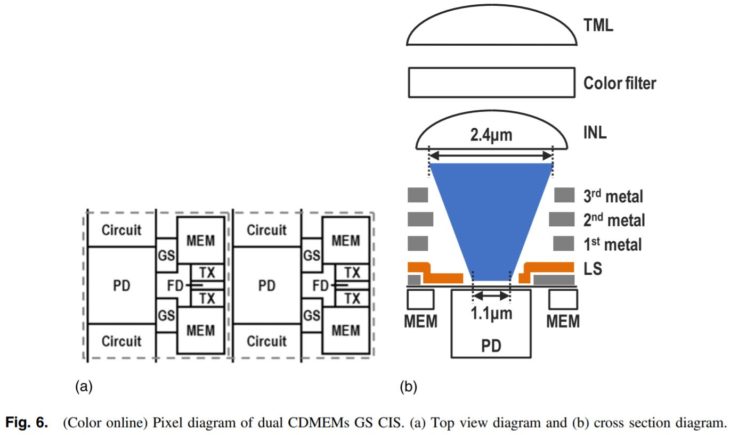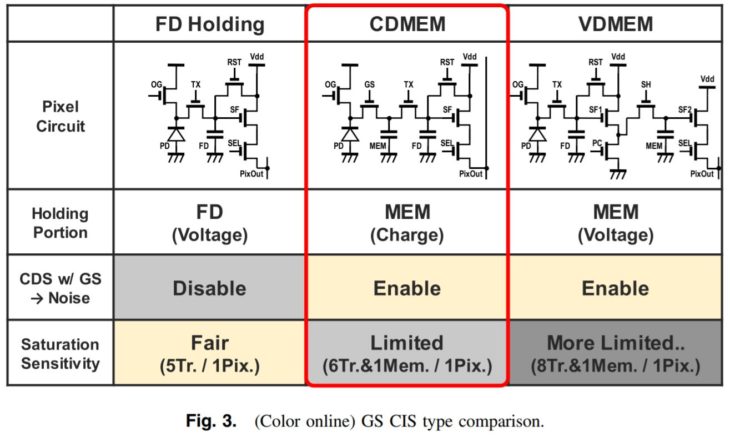Canon Develops A New CMOS Sensor With High Dynamic Range and Able To Shoot Images In Harsh Settings
Canon press release:
Canon Announces Development of New CMOS Sensor with High Dynamic Range and Ability to Capture Images Under Harsh Conditions
MELVILLE, NY, June 20, 2019 – The high demands of complex lighting and harsh environments require sensors capable of delivering high-dynamic range (HDR) and high-image quality in adverse temperature conditions. To answer this application need, Canon U.S.A. Inc., a leader in digital imaging solutions, is pleased to announce that its parent company Canon Inc. is pursuing development of the 3U3MRXSAAC, a 2.8-megapixel, 1/2.32-inch CMOS sensor ideal for HDR imaging.
“As Canon evolves in the sensor market, we are dedicated to utilizing our expertise to develop products built to meet current growing market trends,” said Kazuto Ogawa, president and chief operating officer, Canon U.S.A., Inc. “The 3U3MRXSAAC CMOS sensor under development reflects the continuation of our business strategy that leverages the high-quality imaging technology Canon is able to achieve.”
The 3U3MRXSAAC CMOS sensor being developed will be equipped with an HDR drive function that can achieve a wide range of 120 dB at low noise levels. This HDR function will reflect a greater ability to extract usable information even when there is a substantial difference between the lightest and darkest parts of an image. Even during normal drive operation, the sensor can achieve a dynamic range of 75 dB—greater than the sensors on many conventional digital cameras.
Additionally, the 3U3MRXSAAC CMOS sensor will also be capable of operating in environments with extreme temperatures ranging from -40 degrees Celsius to 105 degrees Celsius. Typically, in high-temperature conditions, the increase in dark current noise (noise that occurs due to heat, even when no light reaches the sensor) can affect the quality of the image. However, the 3U3MRXSAAC CMOS sensor will be equipped with functionality that helps correct black levels (the luminance level of the darkest portion of an image) in real-time to help maintain high image quality.
With a diagonal size of 1/2.32 inches (7.75 mm), the 3U3MRXSAAC CMOS sensor will feature approximately 2.8 million effective pixels (1936 x 1456), a pixel size of 3.2 μm x 3.2 μm and a frame rate of up to 60 fps (30 fps during HDR drive operation). The sensor will be compatible with the MIPI CSI-2 interface used by consumer-oriented cameras for a wide variety of purposes.
For more information on Canon sensors, please visit canon-cmos-sensors.com.




